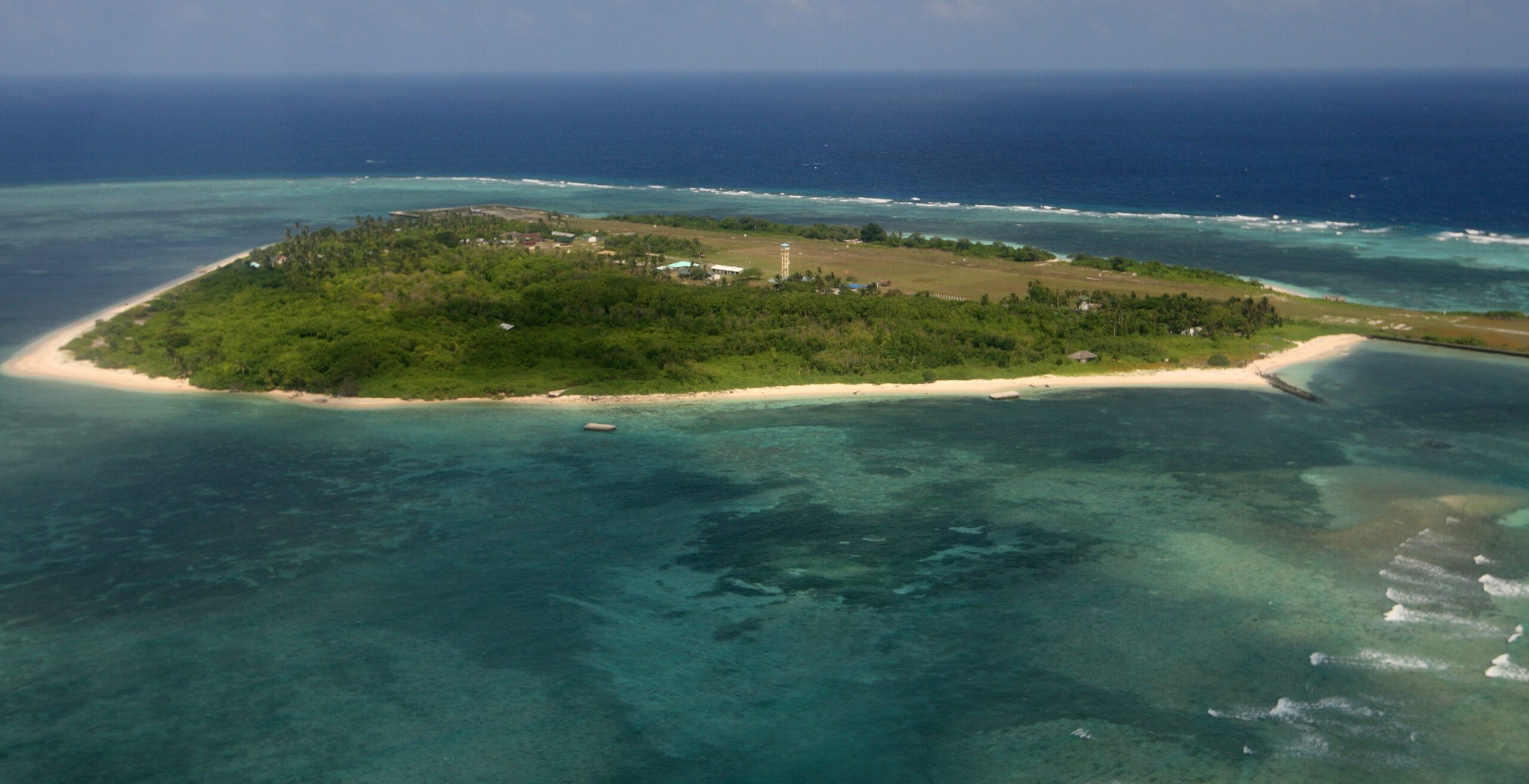SUMMARY
This is AI generated summarization, which may have errors. For context, always refer to the full article.

THE HAGUE, Netherlands – Centuries before international laws, pirates ruled the high seas, plundering and pillaging wherever they went.
Into this dangerous, unruly seascape steamed the United Nations Convention on the Law of the Sea, which will be the basis for a historic court judgement on Tuesday, July 12, in a dispute between China and the Philippines over the South China Sea (West Philippine Sea).
Here are the answers to 4 questions about the obscure convention known by its acronym UNCLOS:
What does it do?
With at least 320 articles and 9 annexes, the convention covers all aspects of regulating the planet’s vast oceans and maritime waters.
It is the authority on everything from national sovereignty over the exploitation of natural resources, navigation, and disputes between nations. (READ: CHEAT SHEET: What you need to know about PH-China case)
According to the UN website, the convention “lays down a comprehensive regime of law and order in the world’s oceans and seas, establishing rules governing all uses of the oceans and their resources.”
What are its origins?
For many centuries the only law of the seas was brute force. In the 17th century, a country’s rights over the seas were limited to “a narrow belt” extending from its coastline.
“The remainder of the seas was proclaimed to be free to all and belonging to none,” the UN says on its website.
But by the second half of the 20th century, new technologies, modern oil and gas extraction methods, and a booming population gave rise to growing tensions around lucrative fishing grounds and competing demands for the rights to precious resources.
In 1945, the United States unilaterally extended jurisdiction over all resources over its continental shelf, which led to similar moves by Argentina, Ethiopia, and Saudi Arabia as well as the scattered archipelagos of Indonesia and the Philippines.
By late 1967 the dangers were numerous – from nuclear submarines plumbing the sea depths to ballistic missiles and increasingly frequent oil spills.
In the face of this “looming conflict that could devastate the oceans,” Malta’s ambassador to the UN, Arvid Pard, called for “an effective international regime” over the seabed.
When was UNCLOS born?
The first conference on the Law of the Sea was held in New York in 1973. For 9 years, delegates argued and bartered as they drew up the text.
The UN General Assembly finally adopted the convention in April 1982. Signed by 150 countries and ratified by 67, it entered into force in November 1994.
What conflicts?
The convention also established the Hamburg-based International Tribunal for the Law of the Sea (ITLOS), which along with the Permanent Court of Arbitration (PCA) and the International Court of Justice can rule on matters brought under UNCLOS.
Among other cases, in 1999, ITLOS laid down annual quotas for bluefin tuna catches in a bitter dispute between Australia, Japan, and New Zealand.
In 2015, the PCA ruled under the UN convention that Russia must compensate the Netherlands over the 2013 seizure of Greenpeace’s Arctic Sunrise ship during a protest against Arctic oil drilling. – Rappler.com
Add a comment
How does this make you feel?
There are no comments yet. Add your comment to start the conversation.